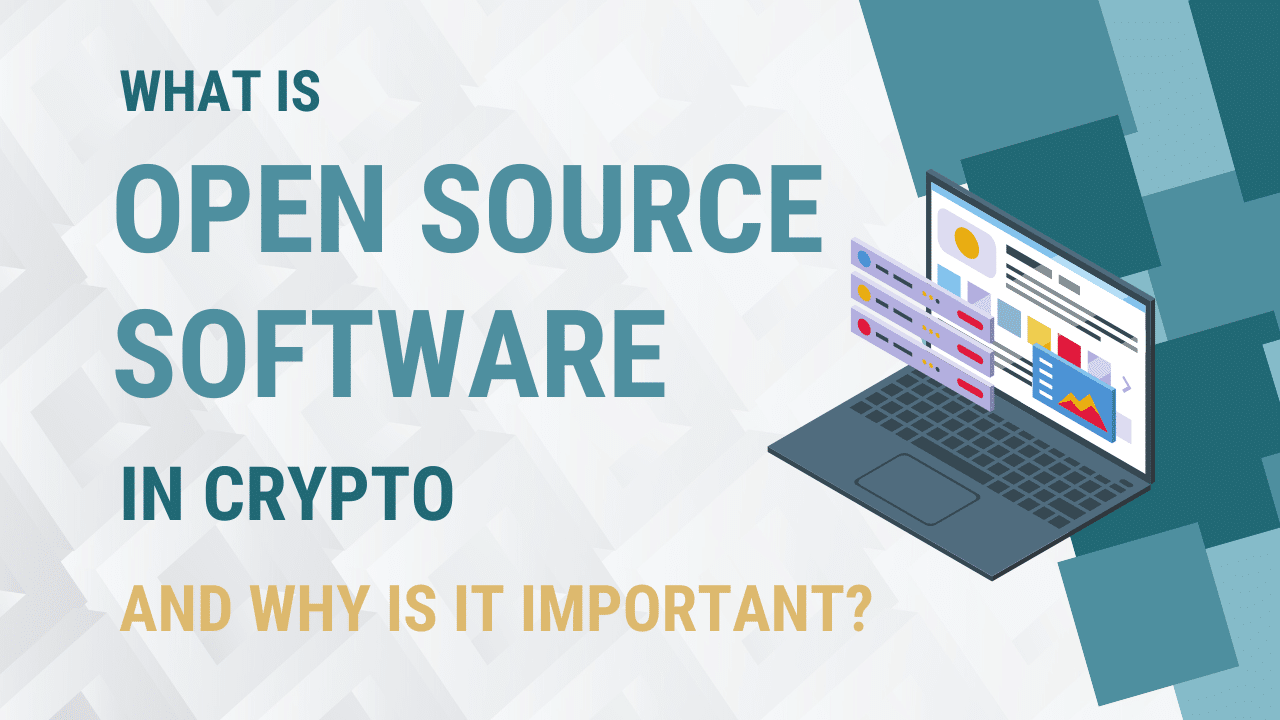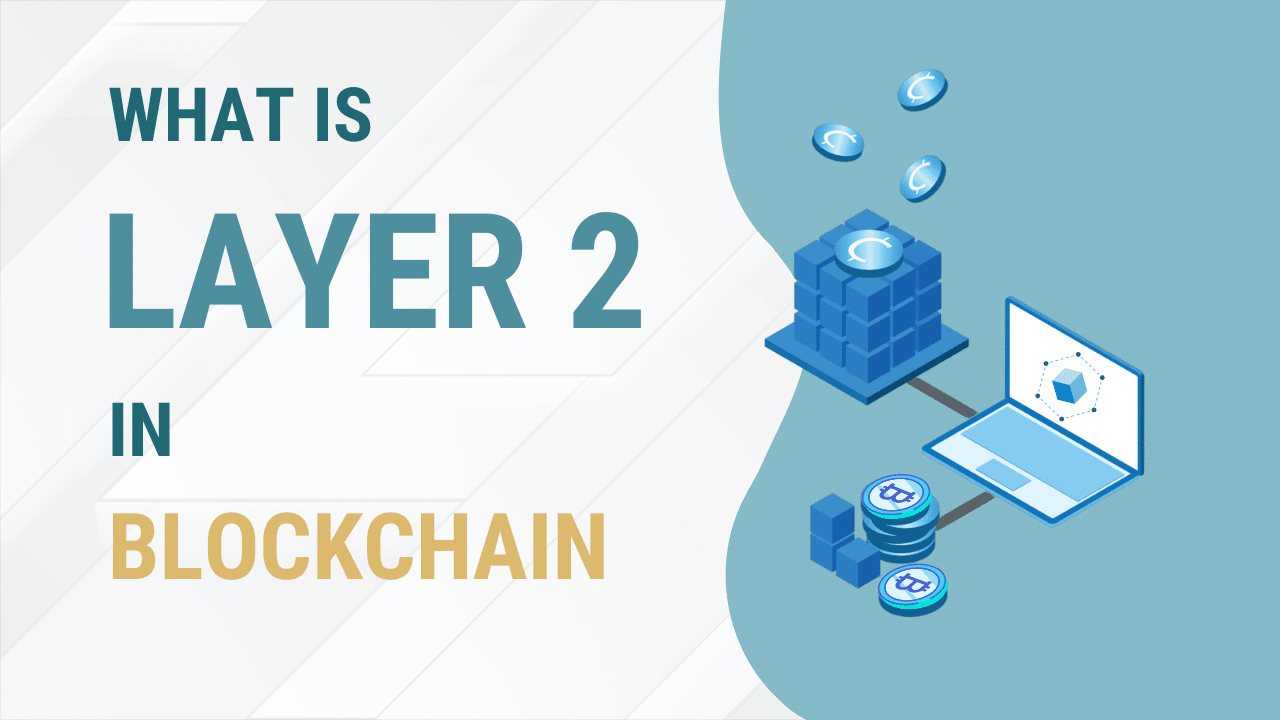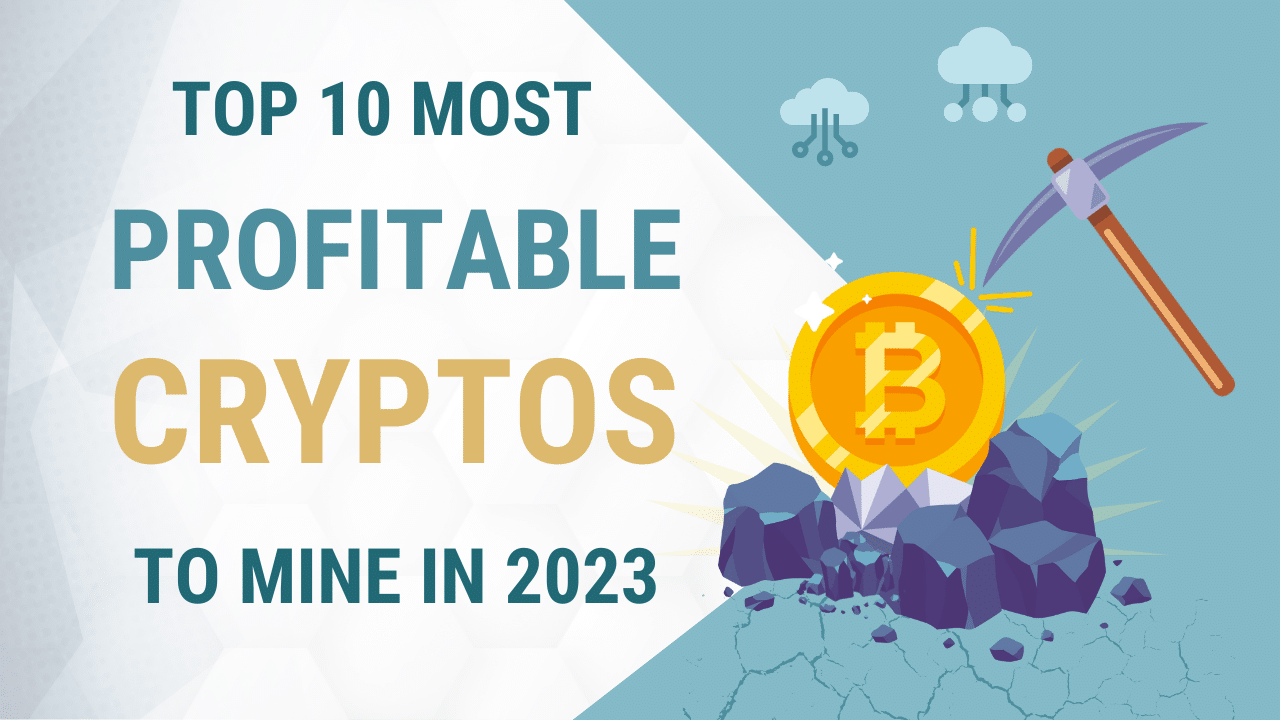When the concept of blockchain technology was first introduced back in 2009, it was revolutionary. It had never been seen before, and no one could have predicted how it would explode in popularity.
However, with this explosion came a wider spread of critical thinkers. Over time, some weaknesses became apparent in the way blockchains were built, like how slow the transaction speeds could be.
To fix a great many of these issues, most notably those pertaining to scalability and speed, blockchains like Ethereum began to use secondary blockchains built on top of the original. These secondary blockchains are called layer 2s.
In this article, we’ll delve deeper into what layers 2s are, why they’re important, and how they work.
Let’s explore what layer 2 is in blockchain:

What Are Layer 2s?
Layer 2 is a term used to describe off-chain solutions to common blockchain issues. These solutions are built on top of the original blockchains (called layer 1s) and help to reduce bottlenecks with scalability and speed.
You can think about the layers like they’re a kitchen restaurant.
With layer 1, each order is made by one person from beginning to end. The same person takes the order, then goes back to the kitchen to cook the order, then finally walks it out to the table. This is fine when there are only one or two customers in the restaurant, but what about when the dinner rush hits?
Consequently, by adding layer 2, you can mitigate these issues. It’s like adding prep stations and new employees to staff them. Suddenly, there’s a person designated for taking orders, a station that preps, cleans, and cuts food, a station that cooks dishes, a station that washes dishes, and waiters for bussing the food out to tables. By making these adjustments, the restaurant is suddenly able to handle a lot more volume.
It works the same way with blockchains. Layer 1 is fine with there being only a few users on the network and a limited number of transactions to validate at any given time. When a blockchain gains popularity and its number of users begins to rapidly climb, you need layer 2 to help reduce the effects of a bottleneck.
Visa: A Prime Example
Blockchains aren’t the only ones to use this type of technology, either. Have you ever wondered how massive payment platforms like Visa handle nearly 430,000 transactions per minute?
Instead of separately managing each individual micro-transaction request, Visa groups them into batches (like the prep stations) and pushes them through the banking system regularly. These groups usually consist of certain vendors, like Starbucks or McDonald’s.
As a result, this helps the bank store those transactions and sort through them in a more organized manner. In this instance, the banking system represents layer 1 and Visa represents layer 2.
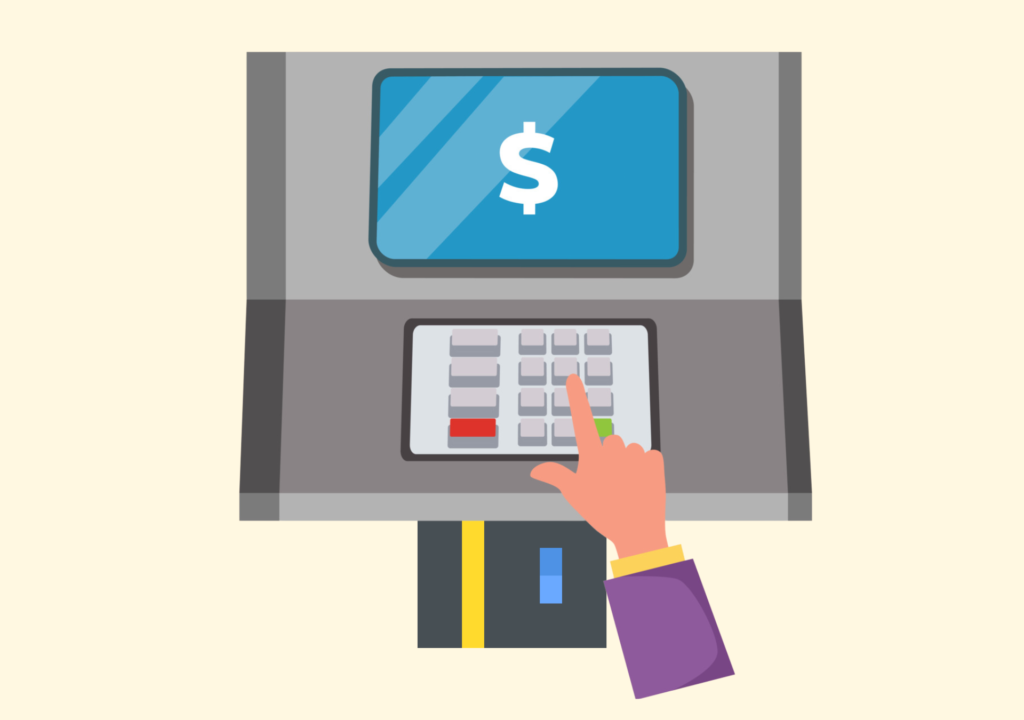
Why Are Layer 2 Blockchains Important?
Even with the explanation above, you may still be questioning why layer 2s are important. To break it down simply, we first need to look at what purpose layer 1s serve.
To begin, because of the nature of blockchain’s creation, layer 1s (the original layer) were created to prioritize security and decentralization. The way it does this, though, negatively affects user experiences by decreasing transaction speed and scalability.
Take Ethereum, for example. Ethereum currently operates on a proof-of-work consensus mechanism. What this means is that transactions are validated by cryptocurrency miners. For a specific amount of transactions verified, the miner is rewarded with one unit of ETH. This is how Ethereum (and most other cryptocurrencies) is created.
Unfortunately, this also means that there must be enough miners to handle the transaction load at any given time. When this isn’t the case, transaction speeds tank drastically.
Before implementing a level 2 on top of the original Ethereum blockchain, the network had reached a capacity of just over 1.5 million daily transactions. However, the main blockchain (also known as the Mainnet) can only process around 15 transactions a second (54,000 transactions a day).
Correspondingly, this means periods of high transaction volume lead to congestion, higher gas fees, and lower application performance.
After some time of this, Ethereum decided to implement a layer 2 to combat these issues. The layer 2 in question works to offload the heavy transaction volume by rerouting them from the Mainnet using smart contracts.
In essence, layers 1s generally handle security and decentralization while layer 2s focus more on scaling and speed. By combining the two, you get a superior and more robust blockchain.
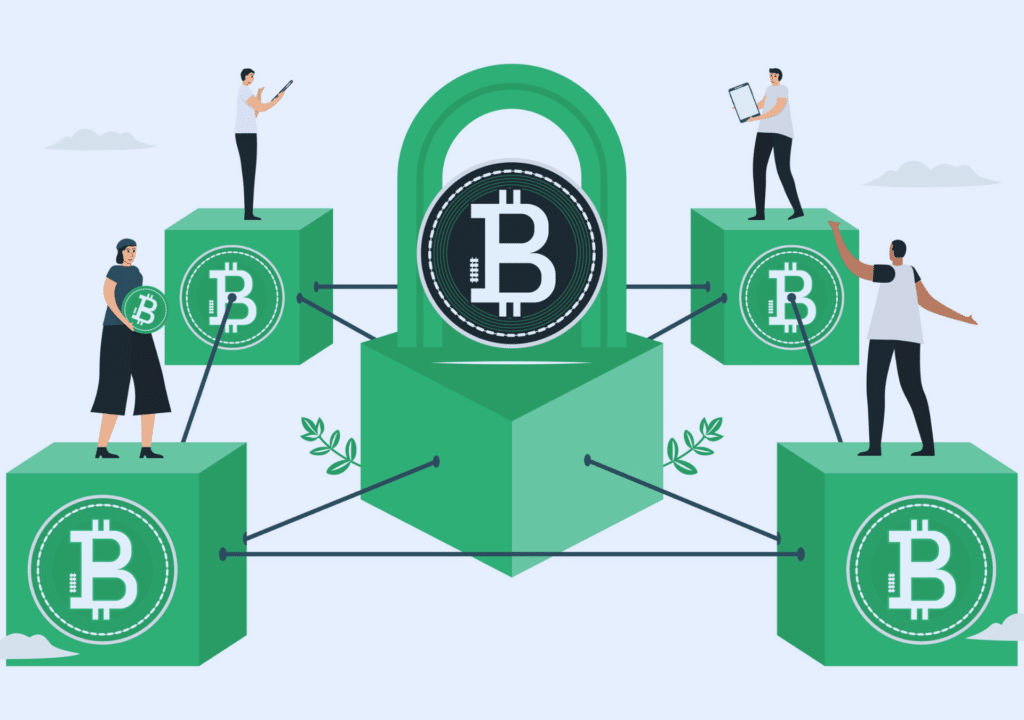
How Does Layer 2 Work?
Layer 2 blockchains attach to existing layer 1s and serve as a place where transactions can be processed separately from the Mainnet. As a result, the strain that would normally be placed on the main blockchain is removed. This results in a blockchain that can operate more efficiently.
Then, once the transactions have been processed, the layer 2 application then transfers the record data back to layer 1 for it to be stored in the blockchain’s ledger and history.
Final Thoughts
As blockchain technology continues to develop, there will be a growing focus on its shortcomings. With this will come a wave of innovation that will help blockchain technology overcome limitations.
In the grand scheme of things, cryptocurrency and blockchain are two very new technologies, and the entire crypto industry will need to join forces, collaborate, and work to improve them to help them keep up with the rapidly evolving times.
If you’re interested in learning more about blockchain technology, Dypto has plenty of resources to choose from! For visual learners, our graphic chapters are perfect for slow, casual education. For those who prefer the written word, check out our blog! And if you want to catch up with the latest blockchain jargon, the Cryptionary is the perfect place to start.
No matter what you choose, Dypto will be here to support your learning journey.
Want to join the Dypto journey? Follow our socials!
